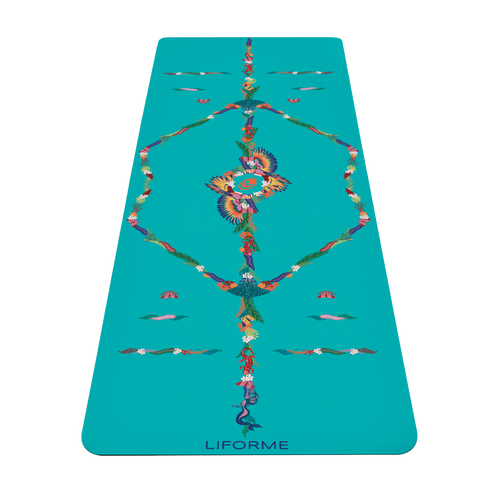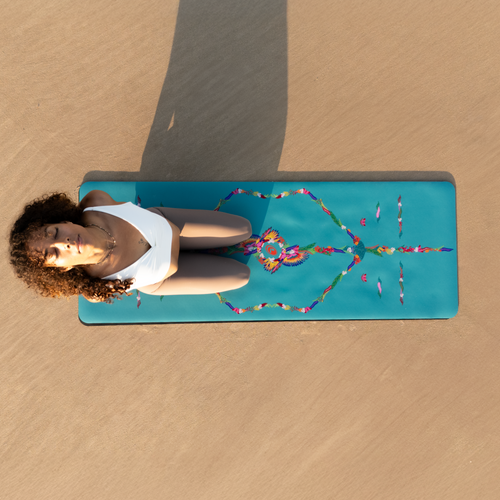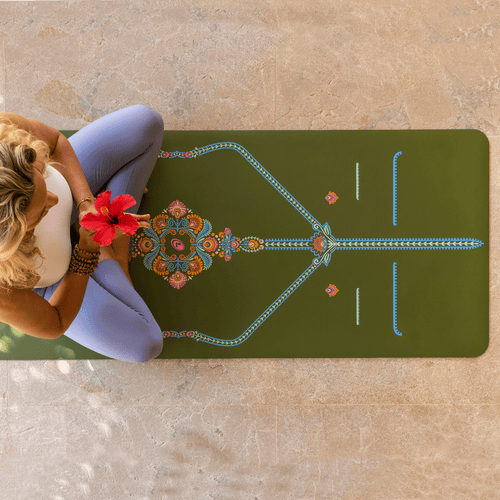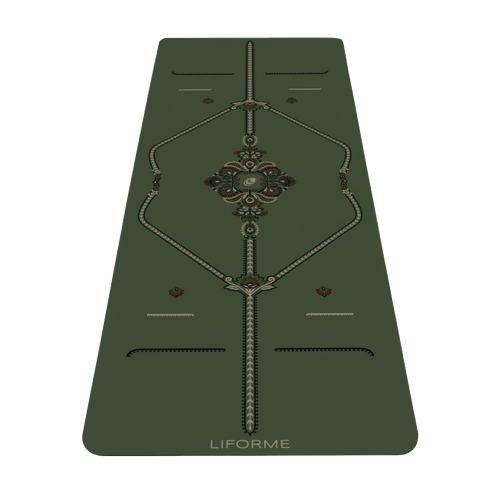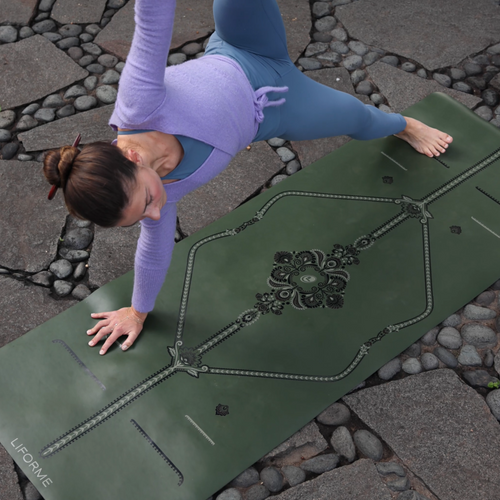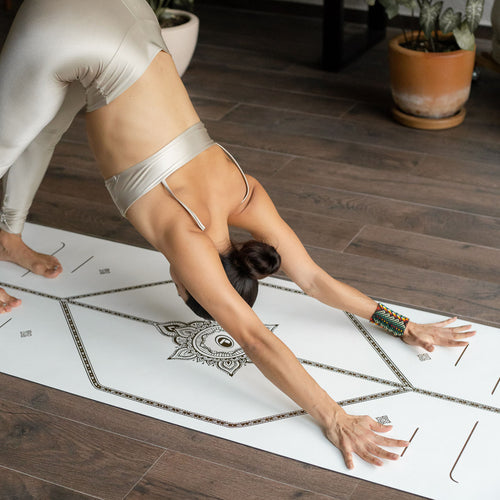Wide-Legged Standing Forward Bend Basics
Sanskrit Meaning: Prasarita (Spread Out) Pada (Feet) Uttana (Intense) Asana (Pose)
Yoga Level: Beginner
Pose Type: Standing Forward Bend
Benefits of Wide-Legged Standing Forward Bend Pose:
• Stretches your calves, hamstrings, and glutes.
• Passively lengthens your back muscles and elongates your spine.
• Strengthens the muscles that support your ankles.
Key Alignment Cues
1. Set Up Symmetrically
Build this pose from your feet upwards. Check that both feet meet the Central Line in exactly the same way to ensure your alignment is even.
2. Fold Forward from Your Pelvis
Picture your pelvis as a bowl of water. Forward fold by tipping your pelvis forward to pour the water out of the front of the bowl.
3. Keep Your Spine Long
Don’t round your spine as you come forward. Keep a flat back.
4. It Doesn’t Matter How Deep You Fold
Focus on keeping the integrity of your pelvis and spine, not how deep you can fold. It doesn’t matter if your head never gets anywhere near the floor.
Step-By-Step Instructions
1. Come to stand facing the long side of your yoga mat with your feet spread wide apart at a comfortable distance. If you’re not sure what that is, don’t worry. You can always adjust them later.
2. Check that your feet are parallel and aligned with each other. The Central Line on your Liforme mat makes this really easy. Your toes don’t have to be on the line; just make sure your feet intersect the line in the same way. It’s ok to turn your toes in a little, but don’t turn them out.
3. Begin to tip your pelvis forward to come into a forward fold.
4. Release your hands to the floor.
5. As your head comes forward, there’s a tendency for your butt to go back. Make sure to keep your butt over your heels.
6. When you’ve come into your fullest rotation, release your head. If your head comes easily to the floor, bring your feet a little closer together so the head can hang.
Why We Practice Wide-Legged Standing Forward Bend Pose
• It feels really good to stretch the back of your legs.
• Hanging your head lets your spine decompress.
Variations
Arm Variations
There are a lot of things you can do with your arms in Prasarita Padottanasana. For instance:
1. Keep your hands on your hips.
2. Interlace your hands behind your back.
3. Take your hands wide and hold onto your big toes.
4. Walk your hands out as in Downward Facing Dog.
5. Walk your hands back and through your legs.
6. If you can think of it, you can do it.
Revolved Wide-Legged Forward Fold (Parivrtta Prasarita Padottanasana)
1. From your forward folded position, reach your right hand across your body to hold your left ankle, shin, or thigh.
2. Use the traction between your hand and the opposite leg to open your chest toward the left.
3. Take your right hand to the ceiling, onto your sacrum, or behind your back to hold your inner right thigh.
4. After several breaths, repeat on the other side.
Preparatory Poses
Standing Forward Fold (Uttanasana)
A standing forward fold with the feet closer together.
Wide-Angle Seated Pose (Upavishta Konasana)
The seated version of a wide-legged forward fold.
Find Your Forward Fold
As you may have gathered, there are many ways to adapt Prasarita Padottanasana. You can take your feet wider or narrower for different effects. You can let your head hang heavy or rest it on the floor or a block. Your hands can be overhead, outstretched, or on your hips. None of these are right or wrong; they are things to play with and try on for size. Every day is different, and every day is a new opportunity to find your forward fold.
















